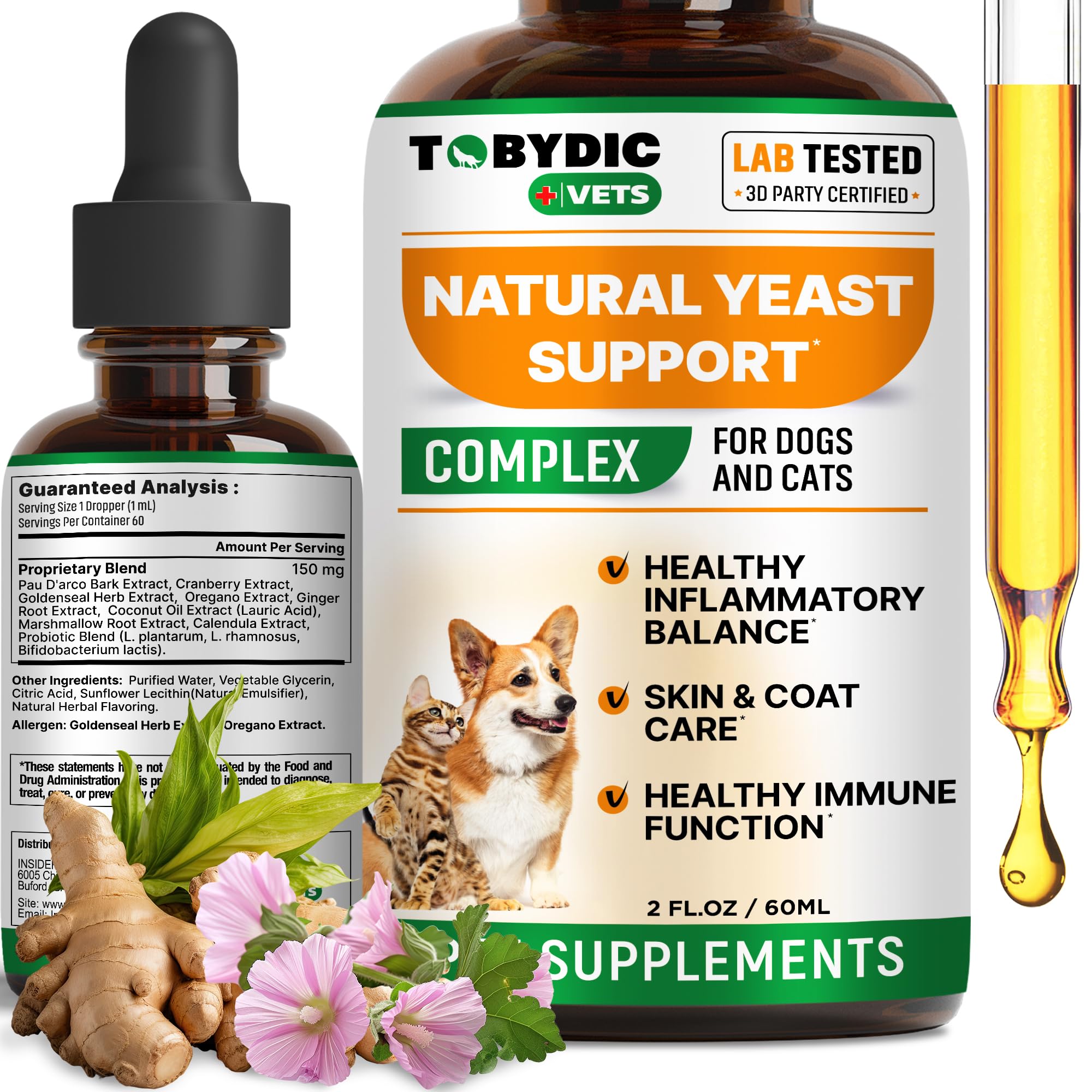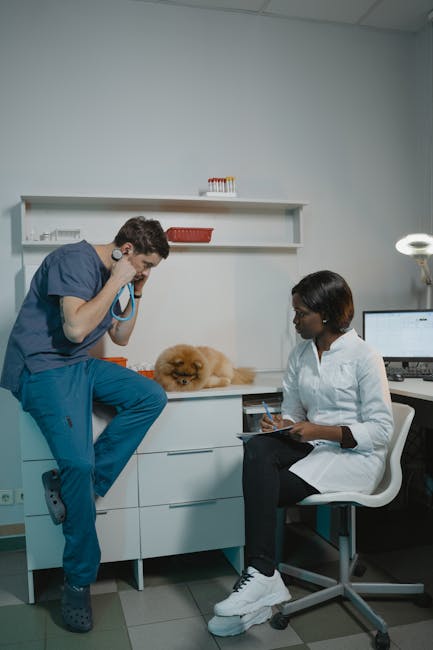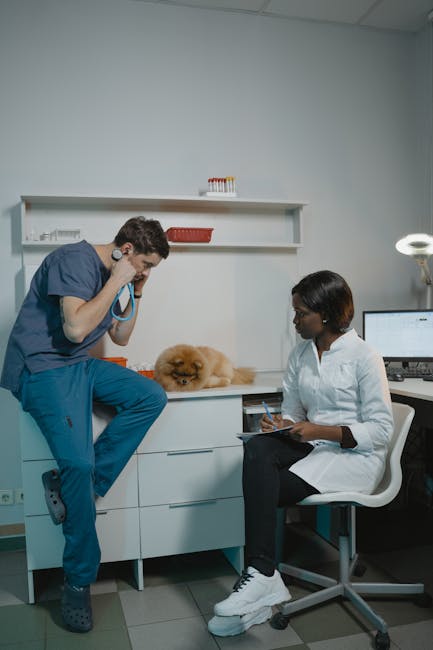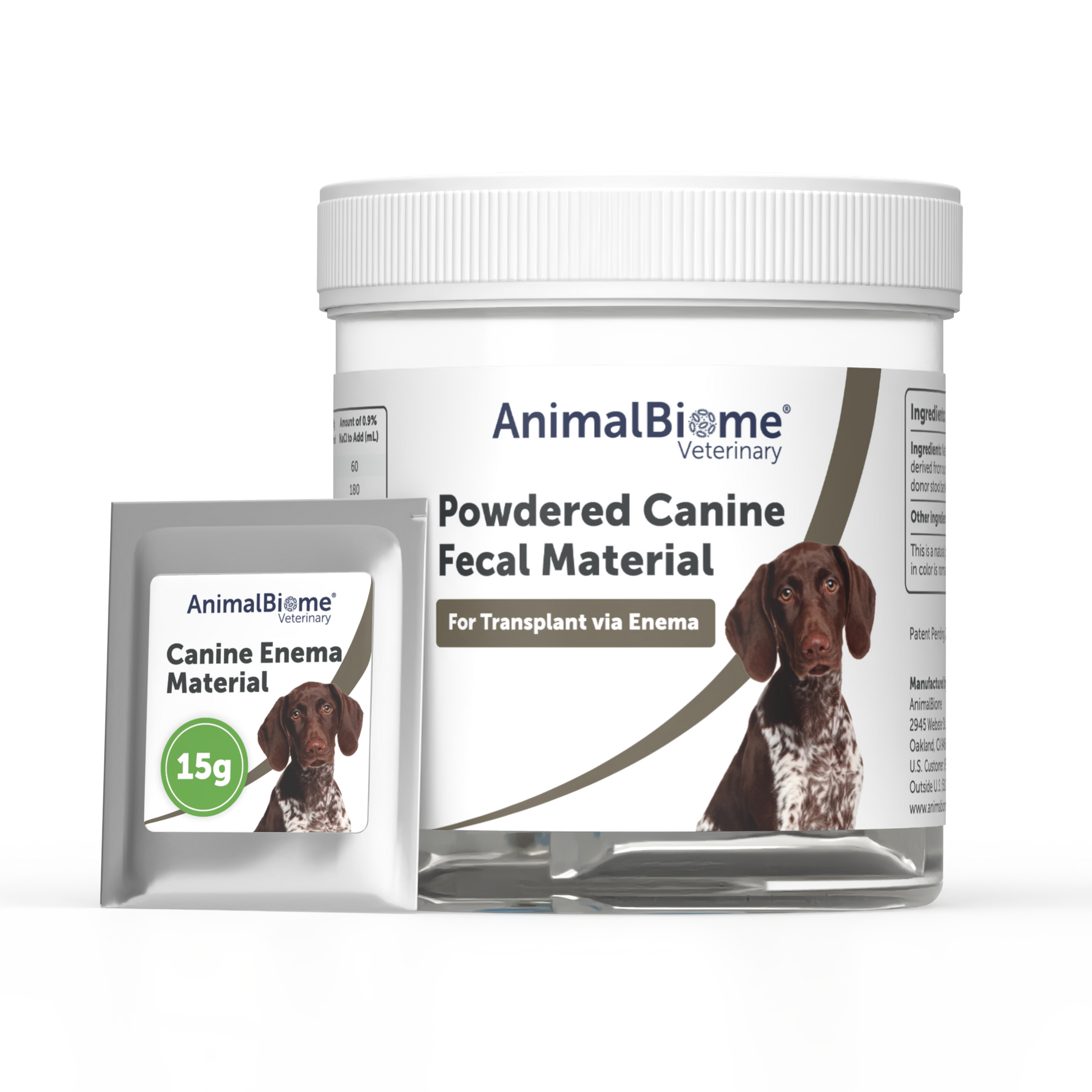Are you thinking about bringing a dog into your home but worried about allergies? You’ve probably heard the term “non hypoallergenic dog” and wondered what it really means for you and your family.
Understanding this can help you make the best choice for your health and happiness. You’ll discover exactly what a non hypoallergenic dog is, why it matters, and how it could affect your life. Keep reading to learn what every dog lover needs to know before making this important decision.

Credit: www.goodrx.com
Non Hypoallergenic Dogs Explained
Some dogs cause more allergies than others. Non hypoallergenic dogs are more likely to trigger allergic reactions in people.
Understanding why some dogs are non hypoallergenic helps allergy sufferers choose the right pet.
What Makes A Dog Non Hypoallergenic
Non hypoallergenic dogs shed more hair and dander. Dander is tiny skin flakes that can cause allergies.
These dogs also produce more saliva and urine proteins. These proteins can cause allergic reactions in sensitive people.
Common Traits Of Non Hypoallergenic Breeds
Non hypoallergenic breeds often have thick, double coats. They shed fur all year, spreading dander around the home.
Many of these dogs are larger in size. Bigger dogs produce more dander and saliva, increasing allergy chances.
- Heavy shedding coats
- More dander production
- Higher saliva and urine protein levels
- Larger body size
- Frequent grooming needs
Allergens And Dog Fur
Not all dogs cause the same allergies. Some dogs are non hypoallergenic. This means they can trigger allergies in sensitive people.
Dog fur plays a big role in how allergens spread. Understanding this helps people with allergies manage their exposure.
Sources Of Allergens In Dogs
Dogs produce proteins that cause allergies. These proteins are in their saliva, skin, and urine.
When dogs lick their fur, the saliva dries and spreads allergens. Dander, tiny skin flakes, also carries allergens.
- Saliva contains allergy-causing proteins
- Dander spreads allergens on fur and skin
- Urine can also carry allergens
Shedding And Allergen Spread
Shedding is when dogs lose fur and skin flakes. This process spreads allergens in the environment.
Non hypoallergenic dogs often shed more. More shedding means more allergens in the air and on surfaces.
- Shedding releases fur and dander
- Allergens stick to hair and skin flakes
- Regular cleaning helps reduce allergens
Popular Non Hypoallergenic Breeds
Non hypoallergenic dogs are breeds that shed more and produce more dander. They can trigger allergies in sensitive people. These dogs often have thick coats or shed fur regularly.
Knowing which breeds are non hypoallergenic helps if allergies are a concern. Many popular dogs fall into this group. They come in different sizes and shapes.
Large Breed Examples
Large non hypoallergenic dogs usually have thick fur or shed a lot. They need regular grooming to manage hair and dander. These breeds are often friendly and active.
- Golden Retriever
- Labrador Retriever
- German Shepherd
- Alaskan Malamute
- Bernese Mountain Dog
These dogs are great for families but can cause allergies. Their shedding needs attention to keep your home clean.
Small Breed Examples
Small non hypoallergenic dogs also shed and create dander. They may seem easier to handle but still affect allergies. Grooming is important to reduce hair around the house.
- Shih Tzu
- Cocker Spaniel
- Beagle
- Bulldog
- Pug
These small breeds have lots of personality but can cause allergy problems. Regular cleaning helps manage shedding and dander.

Credit: www.latimes.com
Health Impacts On Allergy Sufferers
Non hypoallergenic dogs can trigger allergic reactions in people sensitive to pet allergens. These dogs shed more dander and saliva, which carry allergens. This makes it harder for allergy sufferers to be around them without symptoms.
Understanding the health effects of non hypoallergenic dogs helps allergy sufferers make safe choices. It also guides them on how to reduce allergic reactions and manage symptoms effectively.
Allergic Reactions To Non Hypoallergenic Dogs
Allergic reactions happen when the immune system reacts to proteins in dog dander, saliva, or urine. Non hypoallergenic dogs often produce more of these proteins. This can cause sneezing, itchy eyes, and skin rashes in allergy sufferers.
Some common symptoms include coughing, wheezing, and nasal congestion. People with asthma may experience stronger attacks. These reactions can affect daily life and comfort.
Managing Symptoms At Home
To reduce symptoms, allergy sufferers should keep dogs out of bedrooms and off furniture. Regular cleaning helps remove allergens from the home. Using air purifiers can also lower airborne allergens.
Bathing dogs often reduces dander and saliva buildup. Washing hands after petting dogs limits allergen spread. Allergy medications may help but do not cure allergies.
- Keep pets out of sleeping areas
- Clean floors and furniture weekly
- Use HEPA air filters at home
- Bathed dogs regularly, about once a week
- Wash hands after touching dogs
- Consult a doctor about allergy medicines
Choosing The Right Dog For Allergies
Some dogs cause allergies because of their fur and dander. Non hypoallergenic dogs shed more and spread allergens. People with allergies should pick dogs carefully.
Understanding what non hypoallergenic means helps in choosing the right pet. It means the dog’s coat can trigger allergic reactions easily.
Alternatives To Non Hypoallergenic Dogs
Hypoallergenic dogs shed less and release fewer allergens. They are better for allergy sufferers. These dogs may still cause mild allergies but usually less.
- Poodles: They have curly hair that traps dander.
- Bichon Frise: Small dogs with soft, curly coats.
- Maltese: Known for silky fur that sheds little.
- Schnauzers: Have wiry coats that limit shedding.
- Portuguese Water Dogs: Low shedding and good for allergies.
Tips For Living With Allergic Dog Owners
Living with allergies and dogs needs good habits. Cleaning often reduces dander and allergens in the home.
- Vacuum floors and furniture regularly.
- Use air purifiers to clean the air.
- Wash dog bedding weekly.
- Keep dogs out of bedrooms and off furniture.
- Brush dogs outside to reduce loose hair indoors.
These steps help allergy sufferers enjoy dogs with less discomfort. Talk to a doctor if allergies get worse.
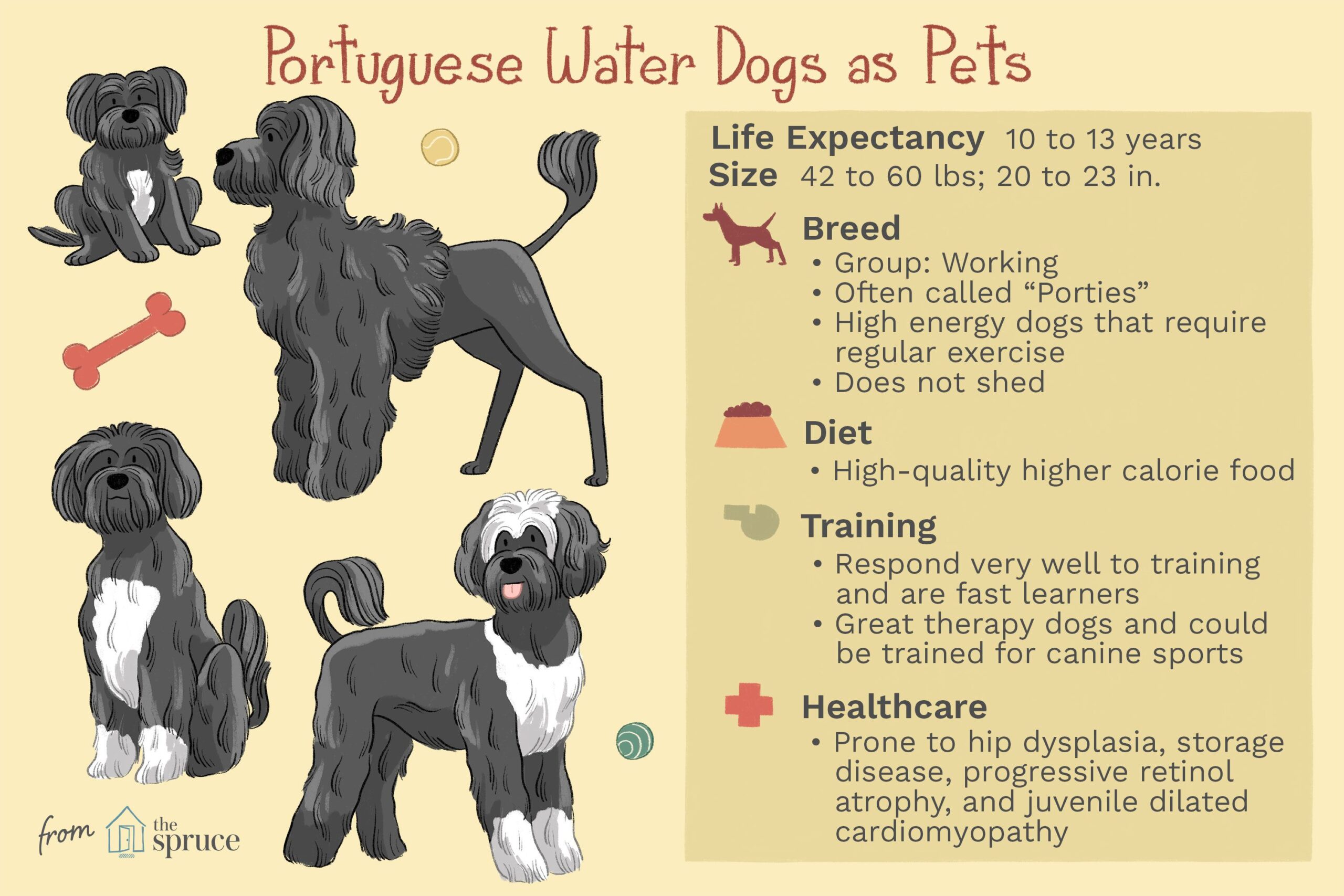
Credit: suburban-k9.com
Frequently Asked Questions
What Is A Non-hypoallergenic Dog?
A non-hypoallergenic dog is one that produces allergens. These allergens can trigger allergic reactions in sensitive individuals. Unlike hypoallergenic breeds, these dogs shed more dander and hair, which can carry allergens. It’s crucial for allergy sufferers to consider this when choosing a pet.
Do Non-hypoallergenic Dogs Cause Allergies?
Yes, non-hypoallergenic dogs can cause allergies. They produce more dander, saliva, and urine containing allergens. These allergens can trigger allergic reactions in sensitive individuals. Regular grooming and cleaning can help manage allergen levels in the home.
Can I Own A Non-hypoallergenic Dog With Allergies?
Owning a non-hypoallergenic dog with allergies is possible but challenging. Allergy sufferers should consult with healthcare professionals. Regular cleaning, air purifiers, and medication can help manage symptoms. Selecting a breed with lower allergen production may also be beneficial.
How To Reduce Allergens From Non-hypoallergenic Dogs?
To reduce allergens, groom your dog regularly. Frequent baths and brushing can minimize dander. Use air purifiers and clean your home often. Wash dog bedding and vacuum carpets regularly to remove hair and dander. Consult a vet for additional advice.
Conclusion
Non hypoallergenic dogs can cause allergic reactions in many people. They shed more hair and dander than hypoallergenic dogs. This makes them harder to live with for allergy sufferers. Knowing this helps you choose the right pet for your home.
Always consider your allergies before adopting a dog. Some breeds are better suited for sensitive individuals. Understanding these differences keeps both you and your pet happy. Choose wisely and enjoy a healthy, happy life together.

